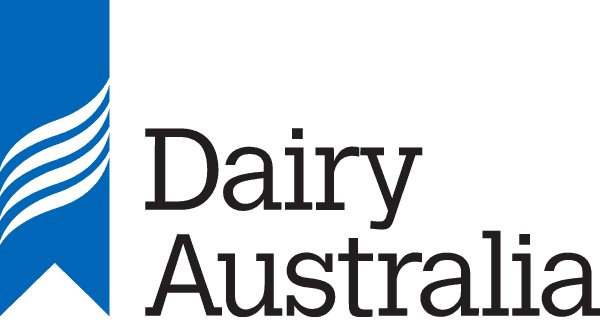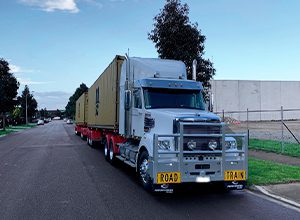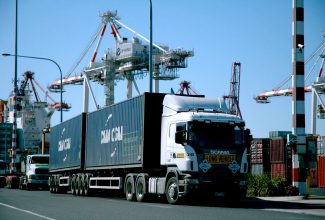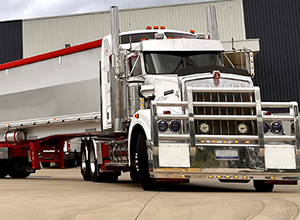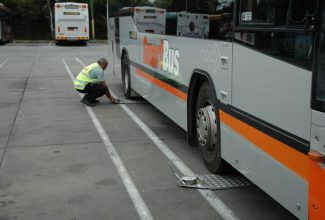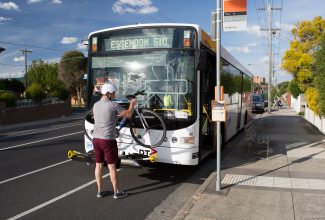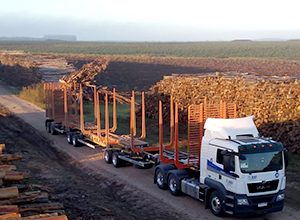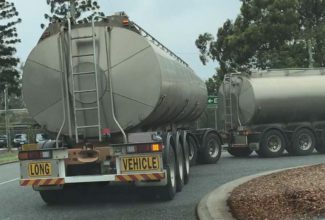Road transport infrastructure priorities for the Australian dairy industry
Dairy Australia, the national body representing Australia’s dairy industry and farmers, commissioned Advantia to identify and prioritise road transport infrastructure needs to increase productivity growth for the sector, with a focus on getting the most out of high-productivity PBS heavy vehicles. Project summary by Rob Di Cristoforo.
In order to determine these needs, Advantia subcontracted Marsden Jacob Associates to conduct supply chain mapping of each dairy region in Australia. This established the freight volumes on dairy transport corridors and enabled the busiest corridors to be identified. The busiest corridors would have the best chance of providing a net benefit to the dairy industry if infrastructure upgrades were completed.
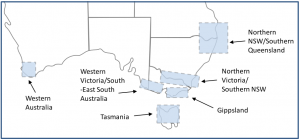
The supply chain mapping considered all parts of the chain from farm through to processor and on to end customer. A key finding of the investigation was that a shift towards larger and heavier Performance Based Standards (PBS) vehicle configurations for farm to processor transport offers the greatest efficiency opportunity.
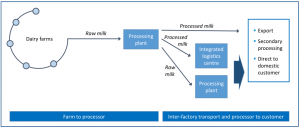
It was determined that the Gippsland, southwest Victoria/southeastern South Australia, northern Victoria/southern New South Wales and Bega dairy industry regions presented the greatest potential for larger and heavier vehicle configurations and consequently, the following three routes were chosen as case studies for benefit-cost analysis:
- Mount Gambier to Warrnambool to Laverton.
- Strathmerton to Sydney.
- Finley to Stanhope.
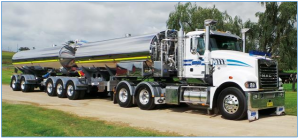
The other key findings of Advantia’s work were:
- The dairy industry’s preferred PBS vehicles are constrained by suboptimal mass limits on many roads.
- Although it is possible to apply to road managers for a mass exemption permit, it is time consuming and expensive for transport operators as permits are required for each vehicle configuration and sometimes from multiple road managers.
- Bridge capacity is also an impediment to the dairy industry’s ability to maximise the loads they can carry either using their current vehicles or if they shift to more productive PBS vehicles.
- Access to farms for larger and heavier vehicles needs to be improved and transport operators are currently working with farmers to facilitate this.
In response to its key findings, Advantia has recommended that Dairy Australia engages with:
- The National Heavy Vehicle Regulator (NHVR) to advise them of the routes the industry would like prioritised for improved PBS vehicle access.
- Relevant state road authorities to upgrade or replace the bridges on the routes in the above case studies.
- Relevant state road authorities and government ministers regarding improved roads maintenance, upgrading roads and addressing other impediments to road transport efficiency.
From the benefit-cost analysis performed for this project, Advantia has advised that if the above actions can be implemented, productivity benefits worth tens of millions of dollars per annum will be realised for the dairy industry. It is also worth noting that other industries transporting bulk commodities would see productivity benefits from these actions being implemented.
A more detailed summary can be downloaded here.
Please contact Advantia for more information.
